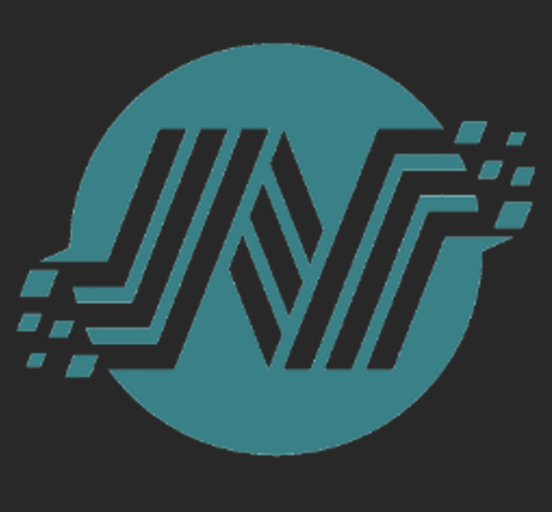It’s running on 2x BlackPills, with hotswap sunset orange switches. The two halves are connected by an ultra thin CAT6 patch cable. It’s the first keyboard I’ve built with backlights, so quite happy that it worked as planned.
I’m an Australian based Data Engineer, who enjoys making sub-40% custom keyboards.
- 14 Posts
- 22 Comments

 1·2 years ago
1·2 years agoIt took a while to get used to them (like a day or two). But I’ve been using them on keyboards for a couple of years now, and it feels strange to not have them.

 0·2 years ago
0·2 years agoThey are custom angled risers I got printed. They fit between the switch and the keycap.

 2·2 years ago
2·2 years agoBlackpill is defined within qmk already. You can do a search in the repo for
STM32F401and see a number of keyboards that use it. From this, you can also see which are split keyboards. The M60 Split is a good example which uses aSPLIT_HAND_PINto define left and right. The Phoenix is another. This also uses theSPLIT_HAND_PIN. Given that, I’ve tried updating, but no luck. IfSPLIT_KEYBOARD = yesthen nothing works. IfSPLIT_KEYBOARD = nothen they work but they both come through as the left side (even ifSPLIT_HAND_PIN B9is set, and B9 is connected to GND or not).
I’m assuming you downloaded an stl of the switches and the controller? Where did you dl them from?
Thank you. Yeah, the shape is a mix of convex and concave. I might need to just make do for this prototype.


 2·2 years ago
2·2 years agoThat’s awesome, thank you so much!

 1·2 years ago
1·2 years agoThank you! So, you can get a regular 2D shape and use the linear_extrude() function to extrude out at 90 degrees from the object. They refer to in in the docs as the equivalent of pushing playdoh through a press. And from the docs ‘In OpenSCAD Extrusion is always performed on the projection (shadow) of the 2d object xy plane and along the Z axis; so if you rotate or apply other transformations to the 2d object before extrusion, its shadow shape is what is extruded.’
So the Z axis is no related to what I see on the screen, but is in direct relation to the original 2D image. If I were to first rotate the 2D image by 90 degrees, and then extrude, the extrusion would be on the Z axis relative to the 2D object, but the X axis relative to the rest of the project (if that makes sense).
What I want it to extrude on the absolute Z axis of the total project, regardless of the angle of rotation of the 2D object. To put it another way, if I were to have a square on the 2D, and I rotated it 30 degrees before extruding, I would not want a cube to be formed, but rather would want a rhombohedron.
It was all by hand, so placing the switches, adding the nets, defining which pin was on which net, and then connecting all the dots.
Thank you. Pretty sure it’s all good. Was just hoping for a quick sanity check. All good.
So basically ‘don’t worry about it, just put any pin to any pin and manage it through QMK?’

 1·2 years ago
1·2 years agoAh good to know. But honestly, it’s just a bit of coloured back lighting I’m looking for.

 1·2 years ago
1·2 years agoAwesome, thank you!

 3·2 years ago
3·2 years agoIf you use hotswap, you’ll need something solid and immovable to mount those hotswaps to. That’s generally the pcb, as they both slot in and get soldered on. So you’d need to have a pcb with hotswaps that could work on a Dactyl, and a way to mount it so that is was stable and would take the pressure of pushing in a new switch.
Amoeba Kings is a per key pcb. I have one I built in my git that is choc spaced with RGB too. But you then have to solder each of these together, and attach them firmly to the case. So it would certainly be more work/effort/planning than simply hand wiring.
Hey all,
Thanks for the great feedback. As I say, I’m not a musician, so much of the feedback is likely obvious to a pianist, but not to me. It sounds like this might be a non-starter. At least for me.
Hey there,
Nothing yet. But I’ll get it all uploaded to git once it’s up and running (however clunky it is). I’ll tag you with a link, but it’ll be at least another week until I get around to the code side of things.
The tilters are just ones I found on Thingiverse. Both boards are choc. The caps on the top one are LSDA low profile, while the bottom have MCC POM caps. The thumb clusters on both are using the LSDA thumb keys as they’re nicely angled.

 1·2 years ago
1·2 years agoYeah, I had a bit of a browse and that seems right.

 4·2 years ago
4·2 years agoMastodon = Twitter Lemmy = kbin = Reddit
No idea what Plume is, but I may Google it once I post this.
Threads is Metas (Facebook parent company) attempt to grab a share of the Twitter market share as Elon does his best to decimate his company.
If I understand correctly, Threads uses the same/similar publication method as Lemmy or kbin or Mastodon so the data can be freely shared between them all. So in that sense, you could argue that Threads was just a Mastodon instance being run by a company that has shown little regard for its users, and far more regard for its profits.
Note: this is a very, over simplified view of the landscape that isn’t technically correct however is an attempt to convey a picture that helps put the pieces together in a somewhat relatable way.
LDSA blanks